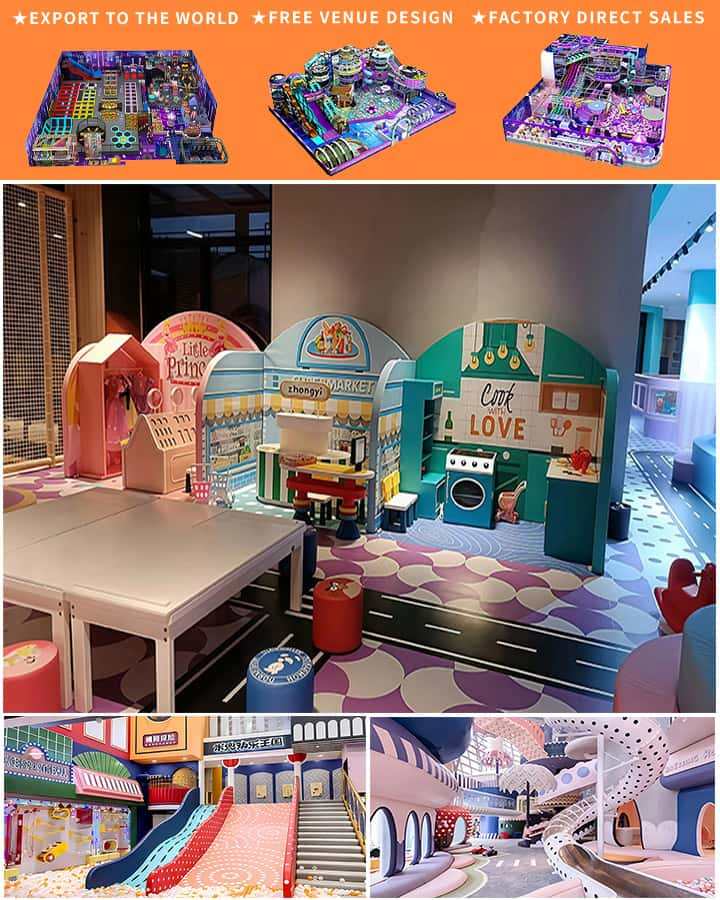The playground, a cornerstone of childhood development, offers more than just entertainment; it provides a crucial space for physical activity, social interaction, and cognitive growth. However, the establishment and maintenance of these joyful spaces come with significant financial considerations, particularly concerning the price of playground equipment. This article delves into the various factors influencing the cost of playground installations and explores why investing in high-quality equipment can be a wise decision.
Factors Influencing the Cost
- Material Quality The materials used in playground equipment significantly impact its price. High-quality materials such as treated wood, durable plastics, and heavy-duty metals ensure longevity and safety but come at a premium. These materials resist weathering, decay, and wear, thus reducing long-term maintenance costs. Conversely, cheaper materials may save money initially but often require frequent repairs or replacements, ultimately increasing overall expenditure.

Safety Standards Safety is paramount in playground equipment design. Products that comply with stringent safety standards and certifications, such as ASTM (American Society for Testing and Materials) or EN (European Norms), tend to be priced higher due to the rigorous testing and quality control they undergo. Ensuring that the equipment meets all necessary safety regulations is essential to protect children from injuries, even if it means incurring higher upfront costs.
Customization and Features The complexity and customization of playground equipment also affect pricing. Basic models may be less expensive, but features like multi-functional play structures, inclusive designs for children with disabilities, or themed playgrounds can drive up costs. Customized solutions tailored to specific needs or aesthetic preferences will typically be more costly but offer greater benefits in terms of engagement and inclusivity.
Installation and Assembly Costs Beyond the price of the equipment itself, installation and assembly are significant expenses. Professional installation ensures that the equipment is set up correctly and safely, adhering to manufacturer guidelines and local regulations. Labor costs, especially for large or complex installations, should be factored into the budget.
Brand and Manufacturer Reputation Well-established brands with reputations for quality and durability often command higher prices. While budget options are available, opting for reputable manufacturers can provide peace of mind regarding product reliability and customer support. Investing in a trusted brand can mitigate risks associated with poor-quality equipment and unreliable suppliers.
Balancing Cost and Value
While the initial outlay for high-quality playground equipment can be substantial, it’s important to consider the long-term value it provides. Durable and safe equipment reduces the need for frequent replacements and minimizes liability risks. Moreover, well-designed playgrounds can enhance community appeal, boost property values, and contribute to the overall well-being of children by providing a space where they can grow and learn through play.
In conclusion, the price of playground equipment is influenced by several factors, including material quality, safety standards, customization, installation costs, and brand reputation. Investing in high-quality equipment may require a larger initial budget but offers significant long-term benefits in terms of safety, durability, and overall value. Careful planning and consideration of these factors can help create a playground that is not only enjoyable but also economically sustainable in the long run.




